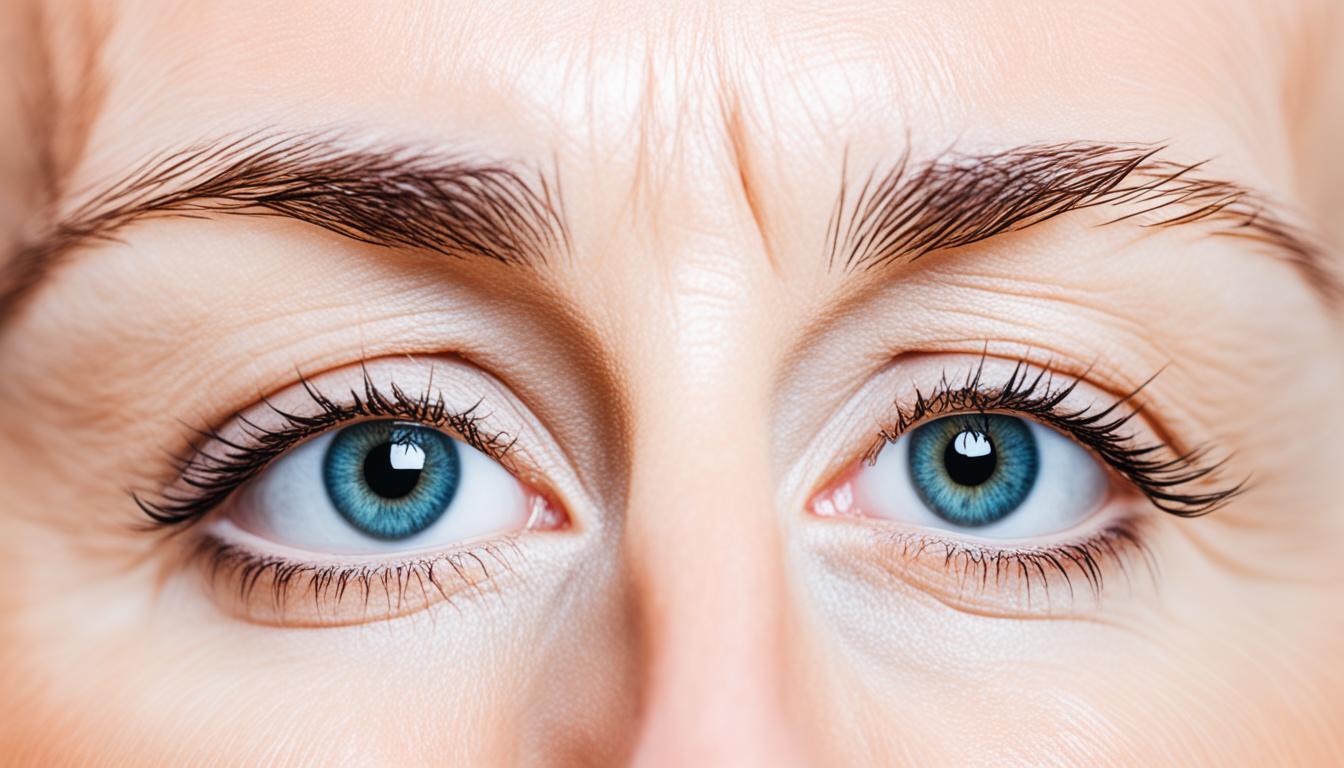Lead poisoning is a big worry for the global public health. It comes from children’s toys and paint, making it a major concern. High levels of lead have been a problem in many countries, such as China, Thailand, and Brazil.
Children are at great risk from lead. It’s bad for their brain and nervous system growth, causing long-term problems. In adults, it leads to high blood pressure, kidney harm, and trouble having children.
Old houses with lead paint are the main issue for kids. They’re more at risk than adults. Lead poisoning can be either severe or long-term. Each type has its own symptoms and effects.
Key Takeaways:
- Lead poisoning is a global public health concern, with children’s toys and paint as major sources of lead exposure.
- Lead can have severe health effects on children, including brain and central nervous system development issues.
- Lead exposure in older homes is primarily due to lead-based paint.
- Lead poisoning has varying levels and symptoms associated with acute and chronic poisoning.
- Public awareness and prevention efforts are crucial to reduce lead exposure and protect children’s health.
Diagnosis and Treatment of Lead Poisoning
Lead poisoning is diagnosed using many tests to be right and treat right. Doctors follow a few steps:
- Testing blood for lead: A key step is checking for high lead levels. The test shows how bad the poisoning is, helping to plan the treatment.
- Looking at symptoms: Doctors look at symptoms like stomach pain, tiredness, not wanting to eat, and trouble thinking. This gives a full picture of what the poisoning is doing to the person.
- Asking about lead exposure: Learning where and when someone was around lead is important. This can be from old paint, water, or soil. Knowing this helps with the diagnosis.
- Doing a check-up: A full check-up is done to spot any signs of lead poisoning, like slow mental growth or stomach problems. It helps see how the lead has affected the person’s health.
Treating lead poisoning looks at stopping further lead contact and supporting the person:
- Getting rid of lead sources: Removing lead sources from where the person lives is critical. This might mean sealing off old paint, changing water pipes, or finding other sources of lead.
- Making a safe place: It’s important to have a clean and lead-free home for someone with lead poisoning. This means clean air, lead-free products, and good hygiene to lower the risk of more lead poisoning.
- Chelation therapy: For severe poisoning, chelation therapy might be needed. It uses medicine to remove lead from the body. A doctor must carefully watch over this process because it can have side effects.
- Eating well: A healthy diet helps fight the effects of lead and supports healing. Foods rich in iron, vitamin C, and calcium are important.
A combined approach to diagnosing and treating lead poisoning helps people get better. With the right care and lifestyle changes, a lead-free life is possible.
Effects and Complications of Lead Poisoning
Lead poisoning can damage different parts of the body like the brain, nervous system, and kidneys. It can affect children the most, especially if they come from poor families. This can lead to problems with learning and behavior.
Lead exposure may also cause issues like nerve pain, brain swelling, or kidney problems. It can even change blood pressure and how bones develop. If someone is around lead for a long time, they might have kidney or fertility issues later.
Effects on the Brain and Nervous System
In kids, lead can stop the brain and nerves from growing right. This might cause learning issues, lower IQ, or behavior problems. For adults, lead increases the chances of getting diseases like Parkinson’s or Alzheimer’s.
Effects on the Kidneys and Reproductive System
Lead can harm the kidneys, making them work poorly over time. This could lead to kidney failure and needing treatment like dialysis or a kidney transplant. It also affects how well the reproductive system works, lowering the chance of having babies.
Effects on Bones and Skeletal Development
Lead can stop bones from getting strong, making them more likely to break. This might cause conditions like osteoporosis. Kids who are poisoned by lead could grow slower and have issues with how their bones develop.
Acting fast to treat lead poisoning and stopping more exposure is very important. This helps protect both kids and adults from its serious effects.
Conclusion
Lead poisoning is a big deal, especially for kids. It can come from toys, paint, and more. It’s very important to stop children from being exposed to lead. This means teaching people and making them aware so they can protect their children.
The first step to treat lead poisoning is to get rid of the source. We need to find and remove lead paint. Also, we must check and lower lead in the things kids use. New treatments like stem cell therapy are showing hope for those with lead poisoning.
We should also work on rules to ban lead in certain products. Making people more aware, taking steps to prevent lead exposure, and using new treatments can help. Our goal is a future without lead poisoning, where children can safely grow up.

